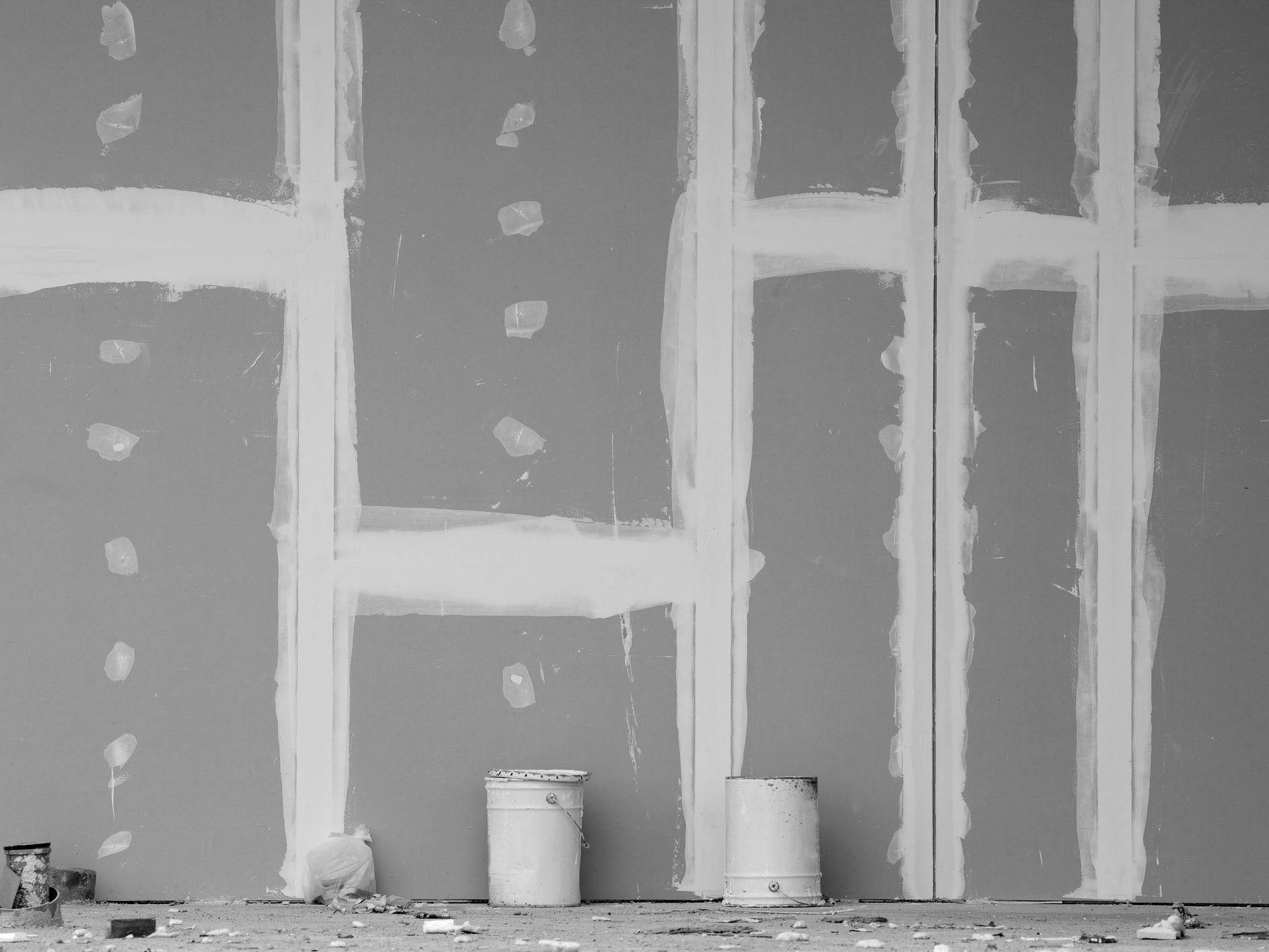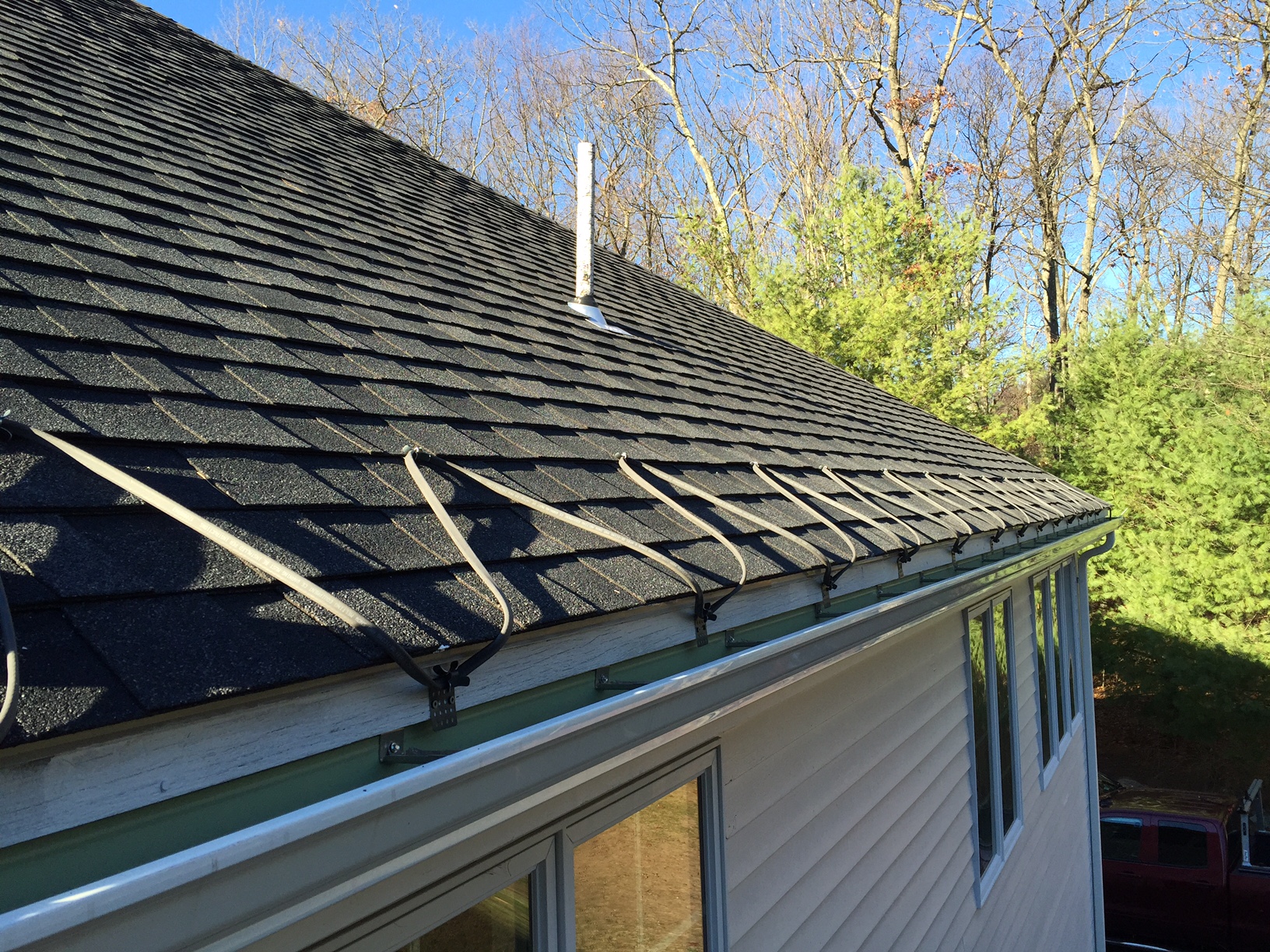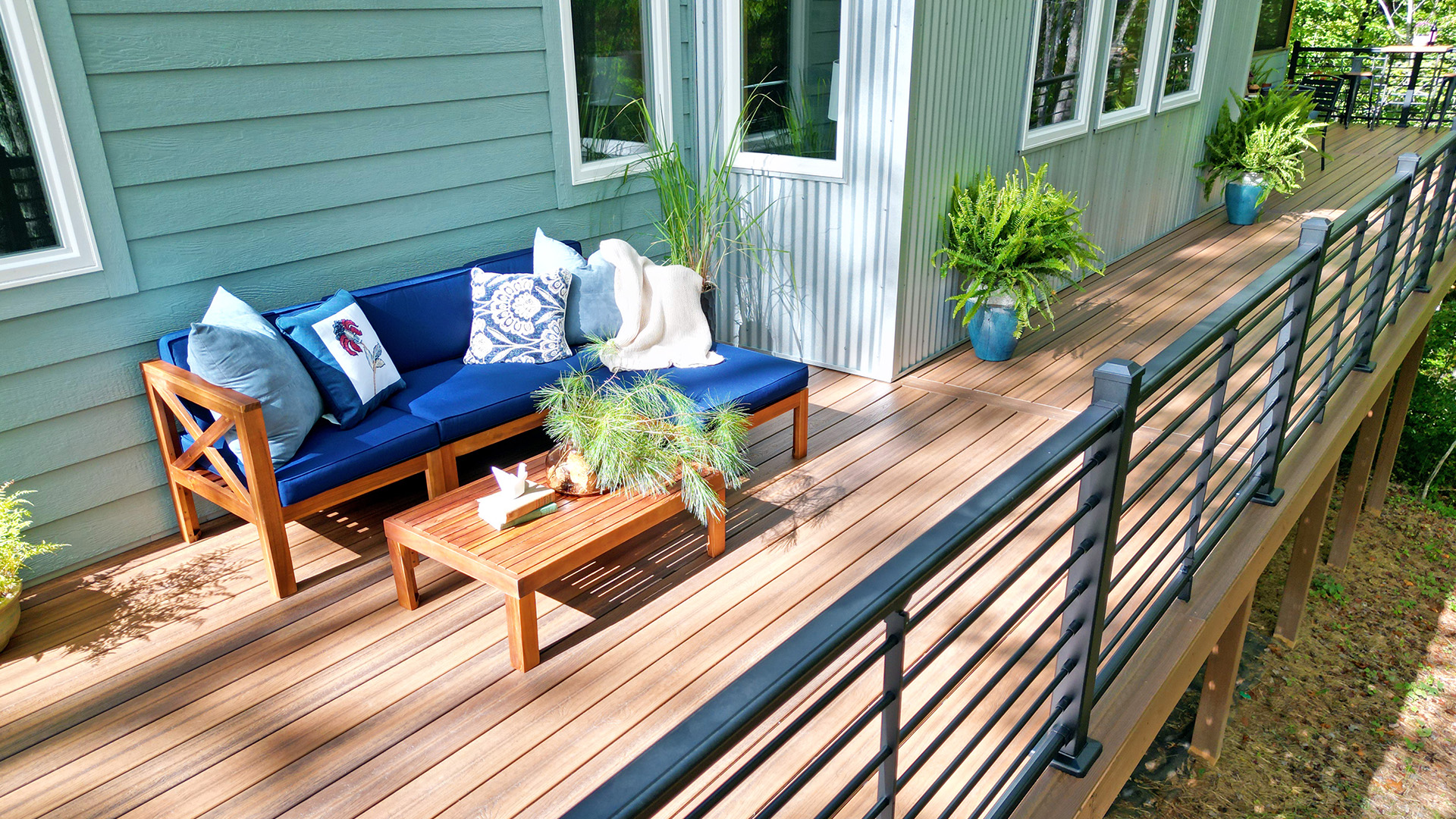Plaster is a building material that is used to smoothen and beautify coarse walls and other building surfaces. The type of plaster used in construction depends on the type of building and the type of designs to be made. Galloway Architectural Design takes into account the type of design and plaster material to be used for commercial or private buildings.
The recommended plaster options for commercial buildings should have the following properties:
- Durability: Because commercial buildings see a lot of use, their plasters are most likely to need replacement soon enough. Commercial buildings should therefore be covered with plasters that last long before they require a new layer.
- Surface hardness: Surface hardness is one quality needed for safety. Plasters that are soft and slippery may be risky as a potential source of accidents. Soft plasters are also prone to cracking and creating uneven surfaces.
- Odor-free: Ideally, once the plaster sets and dries, odors should also stop. However, some plasters retain odors for up to a month after drying. If such plasters are used in commercial buildings, there is the possibility of offending visitors’ nasal senses.
- Aesthetics: Commercial buildings, especially offices, are often designed to express style and comfort. The choice of plaster plays a huge role in this. For example, reflective plasters will deflect most of the sunlight from the building, having it and altogether make a nice appearance.
- Ease of application: Galloway architectural design is done in a way that even the plasterer has an easy time applying the plasters. Ease of application is necessary because of costs and time.
The two best-recommended plaster options are:
- Lime-based plaster: Lime-based plaster is made with sand and lime mixed in a common ratio of 1:3. Lime-based plaster can be used as an overlaying and underlying coat surface. It seals off cracks and wears in the blocks too.
- Sand or cement-based plaster: This type of plaster works just as well as lime-based plasters and may come in different sand or cement ratios. Sand-based plaster may be applied first as a surface veneer, while cement-based plaster is mostly used as a second layer. The best of this plaster is made in the sand to lime, or cement to lime ratio of 1:4.
Clients who trust the Galloway architectural design team with their jobs have a common review: the plastering was top notch. Why? The right plaster is selected for the right building.




